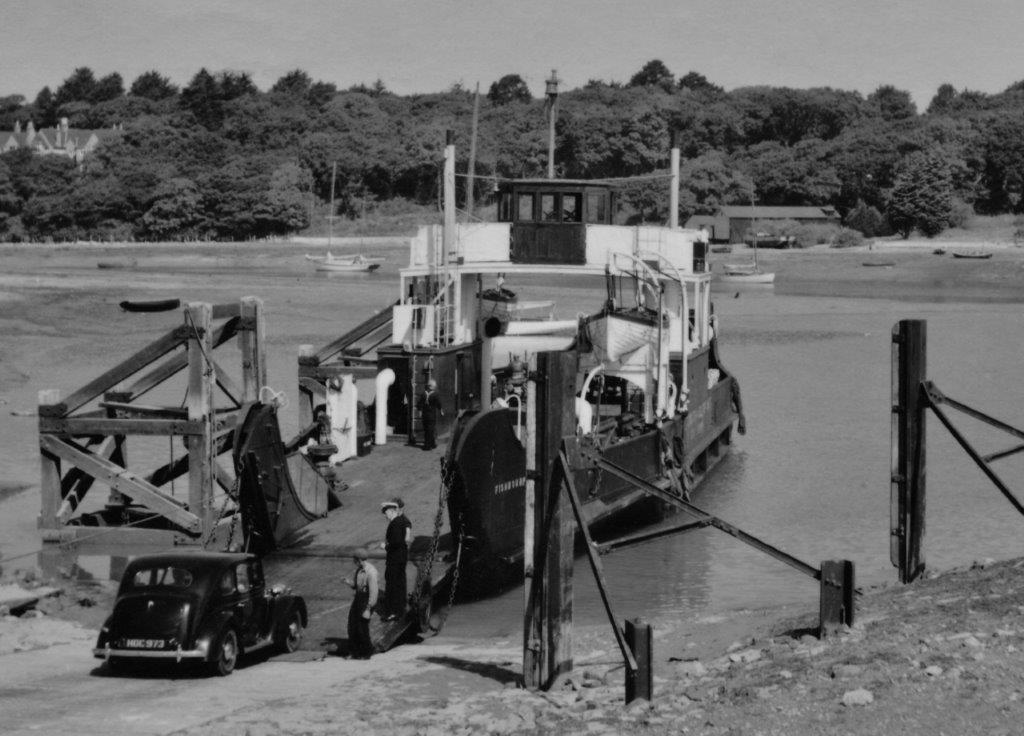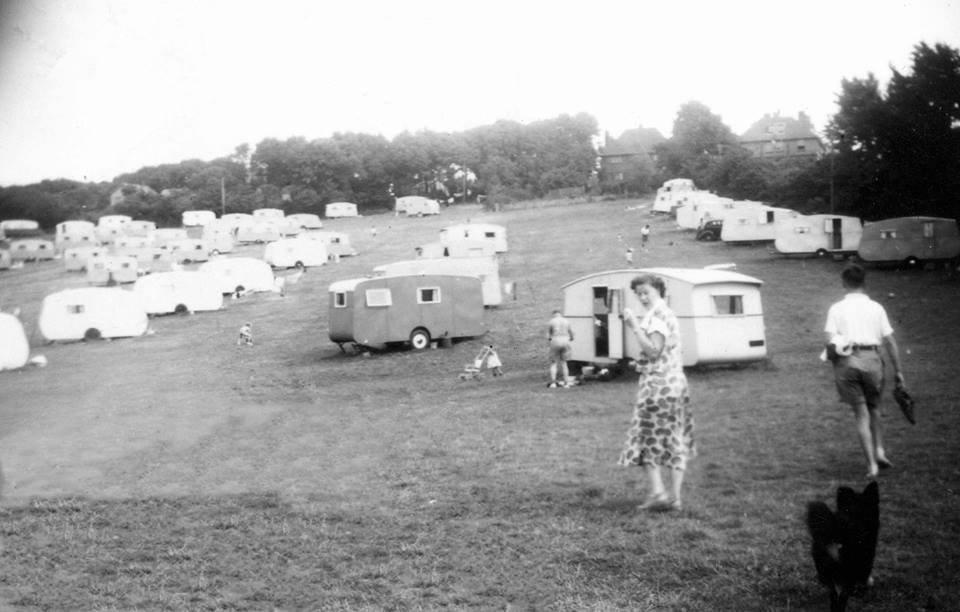
The Summer of ‘52 on the Isle of Wight
2022 marks 70 years since Queen Elizabeth II took to the throne after receiving word of the death of her father, King George VI, whilst holidaying in Kenya. Now, seven decades later, Elizabeth has become our longest-reigning monarch (surpassing Queen Victoria’s previous record of 64 years) and will celebrate her Platinum Jubilee this summer. To mark the occasion, we decided to take a journey back to the Isle of Wight of 1952 and see what a mid-century holiday here would have had in store – from Kodak cameras to donkey rides on the beach. So make sure you’re sitting comfortably in that deck chair and we’ll begin…

To start with, catching a British Railways boat from Portsmouth or Lymington in 1952, passengers may have been directed up the gangplank and onto the deck of a coal-fired paddle steamer like PS Ryde, or if you were lucky, perhaps one of the new Scottish-built diesel-powered boats, such as TSMV Shanklin (poles apart from Wightlink’s hybrid energy vessels of today).

After setting sail with a puff of smoke and crossing the Solent, your holiday accommodation awaited. Whilst today, tourists can bed down in anything from an eco-lodge, to a yurt, or even a shepherd’s hut, the bombs of the Second World War had destroyed a number of the Island’s grandest places to stay – including the Hope Beach Hotel and the Royal Marine in Ventnor. However, a new trend for camping and caravanning was beginning to take off and the new car ferries made it easier to bring your own airstream or Bluebird camper with you. Holiday camps sprang up at Atherfield and Puckpool, with a caravan site opening its gates at Whitecliff Bay and tent pegs could be hammered into the grass at Flower’s Brook too, a tranquil clifftop site overlooking the Channel at Ventnor.

Once unpacked, there was a whole island to explore, with many of the main attractions still thriving today, 70 years on. Visitors could catch a steam train to Shanklin to see the Chine, or motor over to Blackgang (famous at the time for their ‘Gnome Garden’) – and 62,000 people visited Osborne House in just one season.

Holidaymakers of the 1950s were also especially keen to see quaint rural villages and rustic thatched cottages, so daily coach tours did a circuit of the Island’s finest including Godshill and Brighstone – where they made a stop for cream teas on the lawn at Brighstone Tea Gardens, within sight of the mediaeval church tower. Another pit-stop on these tours was the now slightly off-the-beaten-track Winkle Street in Calbourne – a row of historic stone cottages set beside a gentle stream and an ancient sheep wash (a scene that featured on many postcards at the time).
Whilst today, the Island is a renowned destination for the discerning foodie, dining on the post-war Island was a very different experience – characterised by restricted menus and continued rationing. The range of cuisines was less diverse too, although there was a much-loved Swiss-Italian café, Beti’s, in Union Street, Ryde and Islanders were no stranger to (Anglo-Indian) curries – mainly cooked up by British chefs. Locals would have to wait another decade before a truly authentic Asian restaurant – ‘The Taj Mahal’ – would set up shop with the arrival of the Ali family in 1962 (still running today as Ryde Tandoori!).
As the holiday drew to a close it might be time to think about souvenirs. Glass ornaments filled with the coloured sands of Alum Bay were a popular choice, however, care for the environment was less of a concern back then and visitors had even been able to climb the cliffs and dig the sand out themselves! You could also step inside one of the many confectioners, selling everything from toffee and chocolate to humbugs and liquorice – but you had to make sure you had the right sugar rationing coupons before buying that stick of Isle of Wight Rock – or the shopkeeper could face a fine of £240 (and a number on the Island did!)
- A version of this article by James Rayner first appeared in the Spring 2022 Wightlife magazine
